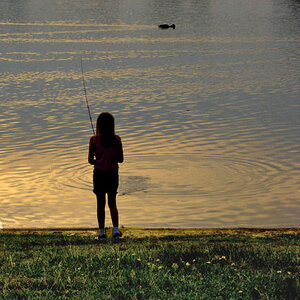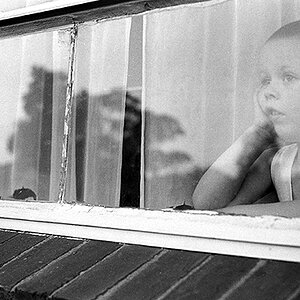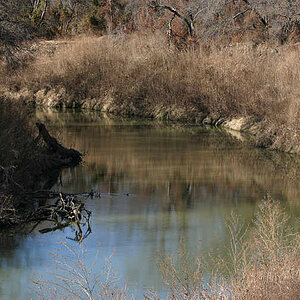MTVision
Been spending a lot of time on here!
- Joined
- Aug 1, 2011
- Messages
- 3,008
- Reaction score
- 527
- Location
- Vermont, US
- Can others edit my Photos
- Photos OK to edit
marcdax said:All pictures, those of today, are eather taken on A or S , not on automatic (except for the iso mode).
And i kept all the metering in the middle , at the 0
So if you find my aperture small it's the camera that calculated it in combination with my chosen shutterspeed or visa versa.
So , its to high for one person and to low for another one ?
You say 800-1600 and cgipson said 100 for nightshot
MTVision thinks its to high also.btw , at iso1250 i even get the "object to dark" notification , so if i go lower (less light).............
I've read the manual but nothing there about ISO numbers and if i look at the camera it points out 100-400 daylight and 640-1000 night , so like the camera (or manual as you want) tells me i have to stay between that , so i took 800. Does that makes sense ? If i got an f29 with iso800 (calculated by the camera) when I take a shutter of 13" , I just wonder how high i needed to set the Iso for a normal (lets say) f11? Am I wrong to think that i would have set my aperture first (f.e.) on f29 I would have gotten also 13" as shutterspeed ?
If I'm correct , if I crank up the Iso , I get a faster shuttertime, not ?
I can see the "more light-more speed" logica.
-> Only thing i really dont understand is :
I choose shutter 1/160 and the camera gives me an f36 aperture , iso 1250 and LW -1.7 ? On daylight conditions
so is it correct (as i translate a dutch website) :
keep the ISO down , you dont want to influence the picture negativ. Mostly you change it last, if you see that the wanted aperture or shuttertime isnt enough to get the wanted shuttertime.
Metering MODES - how your camera reads the scene and figures out what would be close to a proper exposure. If you are on S or A then you aren't keeping the meter at 0. There is spot metering, center weighted, and evaluative. Do a search online and read up on them.
At night - I've found it's better to shoot manual. You never know what the camera will choose for you. I usually set my ISO to 100 (never keep it on auto) and then set my aperture to what I want it to be. I then adjust my shutter speed. If my shutter speed isn't fast enough then I may choose a larger aperture (smaller f #) and/or raise my ISO.
Your aperture is ridiculously small! The camera didn't really choose it - even in Shutter priority. What you choose for a shutter speed affects the aperture - that's why you have to understand how they all work together. Raisin your ISO can give you a faster shutter speed but you still should understand how everything works. Look up ISO on the Internet or the exposure triangle.
On A mode inside my poorly lit house - I set ISO to 800 and my aperture to f/16 (which is the smallest aperture of my lens) and I get a shutter speed of 30". F1.4 is my largest aperture and I am still getting a shutter speed of 2 full seconds. In S mode at ISO 800 and choosing a shutter speed of 1/100 my photo will be very underexposed. To keep my shutter speed at 1/100 I would have to boost my ISO to Hi1. My lens opens up really wide whereas yours doesn't. The kit lens isn't the best in low light.







![[No title]](/data/xfmg/thumbnail/37/37606-3c9ffb5906173fa2aa489341967e1468.jpg?1619738148)


![[No title]](/data/xfmg/thumbnail/37/37625-7e132688457d56e50320a8c99a79fe38.jpg?1619738154)

![[No title]](/data/xfmg/thumbnail/32/32179-99b00fe3df8a5ed7303ced76980128fd.jpg?1619735235)


![[No title]](/data/xfmg/thumbnail/37/37603-739c5d9b541a083a12f2f30e45ca2b7b.jpg?1619738147)
![[No title]](/data/xfmg/thumbnail/37/37624-7f9c9a5c8c7bcb5e62f67313e2e48dbc.jpg?1619738153)

![[No title]](/data/xfmg/thumbnail/32/32175-dfc7c053c145a53c7f2585ca44f122d4.jpg?1619735235)